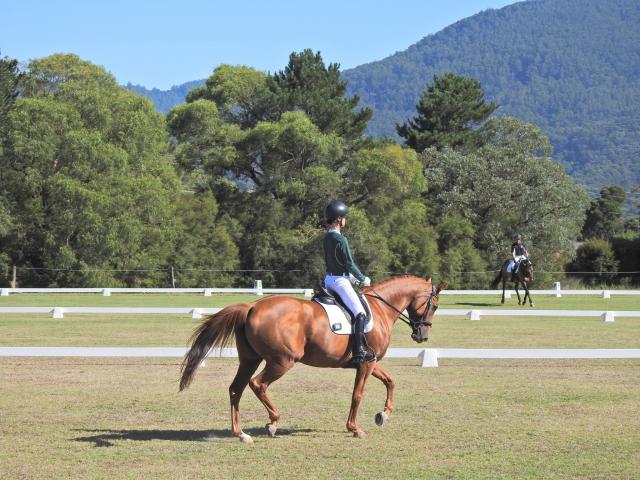Varying training techniques have appeared over the years, but the original has always been about a horse’s anatomy and wellness, a skill that needs preserving and teaching always.
Here are a few key notes from an article by Maryal Barnett (Dressage Today, March 2008) that explain it in detail:
Dressage judges use the Pyramid of Training when evaluating the basics demonstrated in dressage tests. Experienced riders use it to make their rides more productive. Successful trainers use it to develop their horses in a harmonious and logical manner. All use it to solve problems. It is worth the effort to make the Pyramid of Training a part of your thinking, because it will save you a lot of time and frustration.
Each concept in the Pyramid of Training is an essential ingredient in the correct training of the horse. It is important to remember that there is a logical order of the steps, but the concepts are very much interrelated.
One step does not have to be perfected before starting the next, but they build upon one another. That is, as you move up the Pyramid, the qualities of the lower elements will improve if you are on the right track with the schooling of your horse. For example, as the horse becomes more collected, with impulsion and straightness, the quality of his rhythm will improve and become more cadenced. If there is a problem with the rhythm, such as a lateral walk or a four-beat canter, there is a problem with the basic training.
Read more in next week’s Horse Talk.







